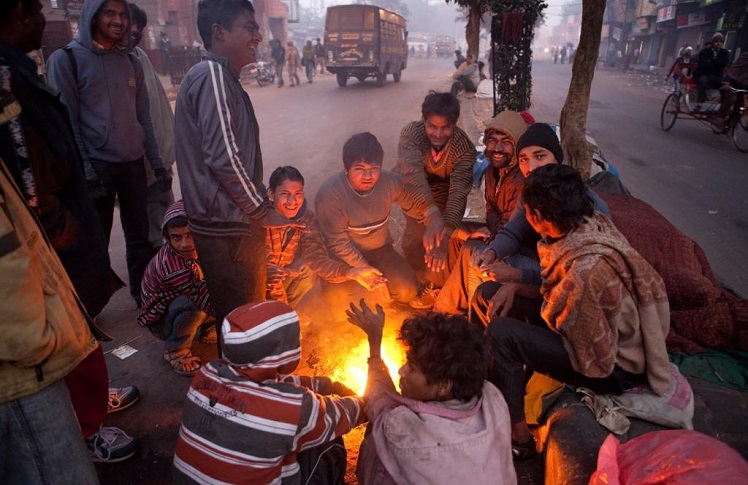
The continuous virus wave conditions saw over North India result from the interruption of cold and dry air from the Siberian High, as per a concentrate by scientists at IISER, Mohali.
The Siberian High is a gigantic assortment of cold dry air that gathers in the northeastern piece of Eurasia from November until February.
The review, distributed in the diary Climate and Environment Limits, reveals insight into the fundamental causes and disturbing patterns behind the freezing conditions.
The exploration, drove by Teacher Raju Attada from Indian Organization of Science Training and Exploration (IISER Mohali), discloses vital experiences into the variables driving outrageous winter temperatures.
A virus wave occasion is recognized from the standardized least temperature irregularity, when the standard deviation is not exactly less 1 for at least four back to back days. An extreme virus wave occasion is recognized from the standardized least temperature peculiarity, when the standard deviation is not exactly short 2 for at least four sequential days.
Delhi and other northern parts experienced extreme cold on Wednesday as numerous region of the locale got precipitation and snow. In Delhi, the most extreme temperature was 18.6 degrees Celsius, four scores underneath the season's normal, and least remained at 7.3 degrees Celsius, an indent beneath the typical, as per the India Meteorological Office (IMD).
The review credited the continuous virus wave to the interruption of cold and dry air from the Siberian high, escalated by the determination of high-scope climate frameworks known as 'Environmental impeding.' This air peculiarity prompts the development of cold air, causing outrageous virus conditions in northern India, the analysts said.
The group, including K.S. Athira at IISER Mohali and V. Brahmanada Rao from the Public Foundation for Space Exploration, Brazil, additionally noticed that the colder time of year climatic impeding this year has heightened cold waves and drawn out their diligence from the finish of December to January.
The review, spreading over the years 1982-2020, in any case, recognized a decrease in the number, span, and force of cold wave occasions during this period.
This decline is connected to increasing winter least temperatures because of an unnatural weather change and a diminishing number of western unsettling influences (WDs), the scientists said.
Western aggravations are storms that begin in the Caspian or Mediterranean Ocean, and bring non-monsoonal precipitation to northwest India.
The scientists utilized a fastidious technique to distinguish cold wave occasions, taking into account the standardized least temperature peculiarity and standard deviations.
The exploration recognized 509 virus wave days, including 45 days of extreme virus wave occasions. The scientists noticed that the ramifications of cold waves reach out past human wellbeing, influencing horticulture, animals, and making interruptions transportation.
The gamble of hypothermia and frostbite, especially for weak gatherings, underlines the direness for clear arrangements at different authoritative levels, they said.
Attada focused on the requirement for focusing on activities to save human lives during cold waves.
"Understanding the brief highlights and the elements behind the arrangement of cold waves is significant for the precise expectation of cold wave occasions," he added.
Leave a comment: (Your email will not be published)